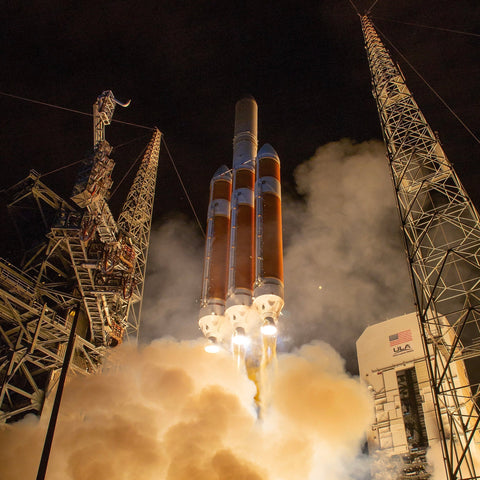The Parker Solar Probe, a NASA spacecraft, has been on an extraordinary mission to unlock the mysteries of our sun. Since its launch, it has journeyed closer to the sun than any previous spacecraft, providing unprecedented insights into our star. In this blog post, we'll explore the future missions and scientific potential of the Parker Solar Probe as it continues to revolutionize our understanding of the sun.
The Parker Solar Probe's Pioneering Mission
Solar Proximity: Launched in 2018, the Parker Solar Probe's mission is to venture closer to the sun than any previous spacecraft, getting within 3.83 million miles (6.16 million kilometers) of the sun's surface.
Solar Science: The probe is named after Dr. Eugene Parker, who theorized the existence of the solar wind in the 1950s. It aims to explore the sun's outer atmosphere, known as the corona, and study the solar wind.
Future Missions and Objectives
Continued Close Encounters: The Parker Solar Probe is set to continue its close encounters with the sun, gradually getting closer with each orbit.
Solar Wind Mysteries: Future missions will focus on understanding the origins and acceleration of the solar wind, a stream of charged particles that affects space weather and Earth's magnetic field.
Solar Wind and Space Weather
Space Weather Impact: Solar wind can have a significant impact on Earth's technological infrastructure, including satellite communications and power grids.
Advanced Warning: By studying the solar wind, the Parker Solar Probe can provide advanced warning of solar storms, helping protect critical infrastructure.
Spacecraft Instrumentation
Cutting-Edge Instruments: The probe is equipped with state-of-the-art instruments, including the FIELDS instrument to measure electric and magnetic fields and the WISPR camera to capture images of the solar wind.
In-situ Measurements: The Parker Solar Probe makes in-situ measurements, directly sampling the solar atmosphere and sending data back to Earth.
A Bright Solar Future
Scientific Revelations: The data collected by the Parker Solar Probe has already led to numerous scientific discoveries, challenging previous assumptions about the sun's behavior.
Solar Evolution: Future missions will shed light on the sun's evolution and provide insights into its impact on the solar system and beyond.
The Parker Solar Probe's mission represents a monumental leap in solar science. As it continues to journey closer to the sun, its future missions promise to unlock even more secrets of our star. The data and insights garnered by the probe have far-reaching implications, not only for our understanding of the sun but also for our ability to predict and mitigate the impact of solar activity on Earth.
In the realm of space exploration, the Parker Solar Probe stands as a beacon of scientific achievement, reminding us of humanity's relentless pursuit of knowledge and the boundless mysteries of the cosmos waiting to be uncovered.






